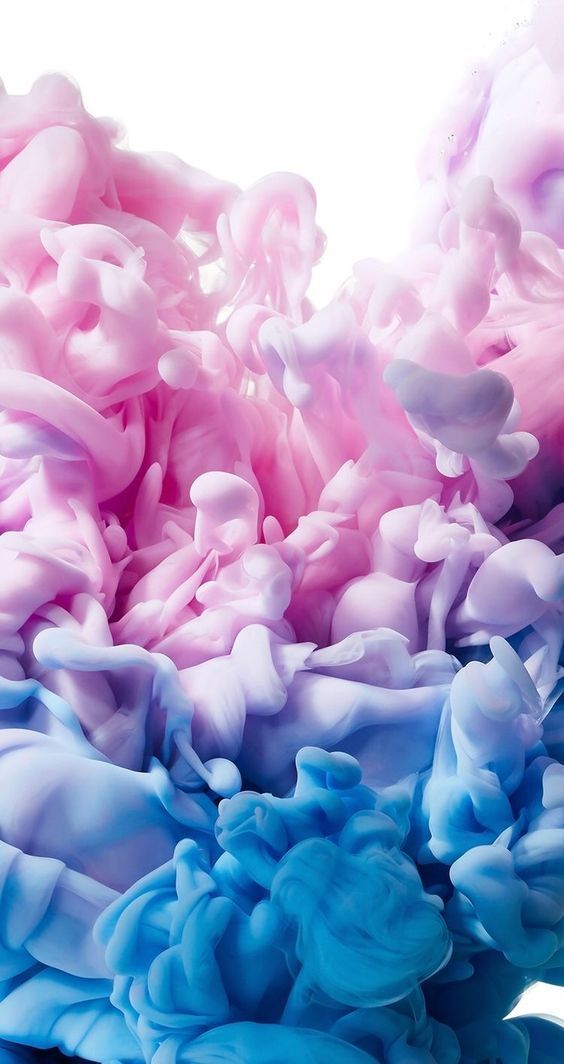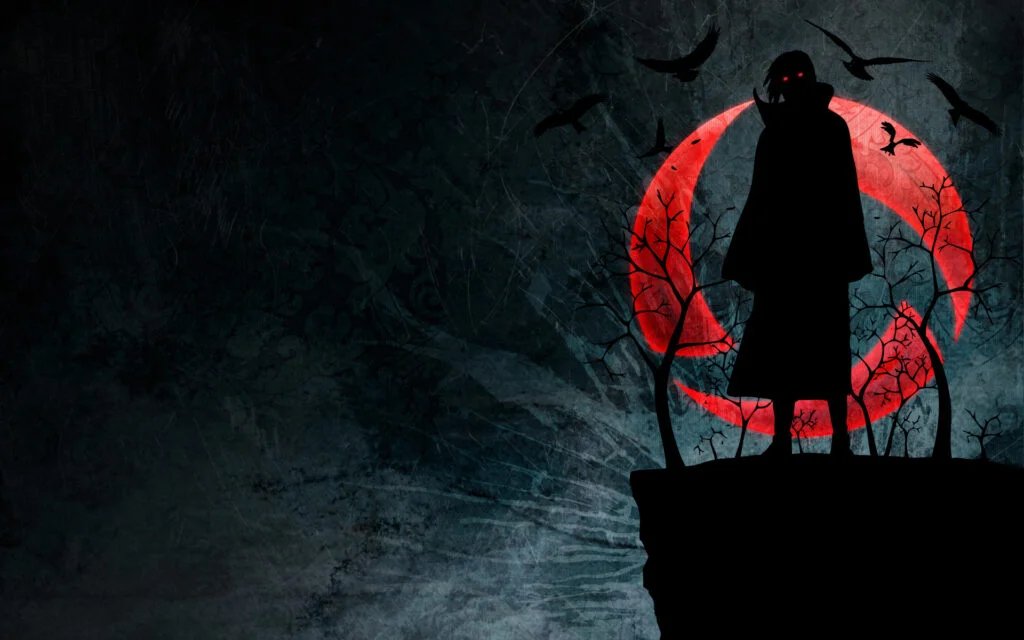Basketball isn’t just a game; it’s an art form where every dribble, pass, and slam dunk paints a vivid picture of teamwork and skill on the court. But what if we could take that artistry one step further? What if we could capture the spirit and movement of basketball through another medium—drawing:cul23ybyzfm= basketball? This blog post will guide you through the exciting intersection of drawing and basketball, showing you how to bring your favorite moments on the court to life with pencil and paper. Whether you’re an aspiring artist or a die-hard basketball fan, this guide is for you.
By the end of this post, you’ll have all the tools you need to create stunning drawings of your favorite basketball scenes. We’ll cover everything from basic drawing techniques to capturing the dynamism of a game-winning shot. Get ready to combine your love for basketball with your creative skills!
Why drawing:cul23ybyzfm= basketball Is a Unique Art Form
Drawing:cul23ybyzfm= basketball scenes captures the essence of the sport in a way that photographs or videos can’t. A drawing allows you to emphasize specific elements, such as the intense focus of a player’s face or the sheer height of a jump shot. This artistic freedom makes drawing a powerful tool for expressing the beauty and complexity of basketball.
Additionally, drawing basketball scenes forces you to pay close attention to details you might otherwise overlook. The way a player’s muscles tense during a dunk, the subtle angles of a dribbling hand, and even the creases in a uniform all become focal points in your artwork. This level of detail not only hones your drawing skills but also deepens your appreciation for the sport.
Finally, drawing basketball isn’t just about capturing still moments; it’s about conveying motion and energy. Through careful line work and shading, you can create a sense of action that brings your drawings to life. This dynamic quality makes drawing basketball an engaging and rewarding artistic endeavor.
Essential Tools for drawing:cul23ybyzfm= basketball
To start your basketball drawing journey, you’ll need some basic tools. While it’s tempting to think you need the most expensive materials, the truth is you can create amazing art with just a few essentials.
First, invest in a good set of pencils. Graphite pencils in various grades (from 2H to 6B) will allow you to achieve different levels of shading and detail. You might also want to consider colored pencils or markers if you plan to add color to your drawings.
Next, choose the right paper for your drawing:cul23ybyzfm= basketball. A sketchbook with medium to heavyweight paper will work well for most drawing techniques. If you’re using markers, make sure the paper is bleed-proof to prevent colors from smudging or bleeding through.
Lastly, gather some basic accessories like erasers, sharpeners, and rulers. A kneaded eraser is particularly useful for lifting off graphite without damaging the paper, while a ruler can help you keep proportions accurate.
Understanding Anatomy for drawing:cul23ybyzfm= basketball
Understanding human anatomy is crucial for drawing:cul23ybyzfm= basketball players. Since basketball involves a lot of movement, you’ll need to know how the body looks and behaves in various poses.
Start by studying the skeletal structure. Knowing where the bones are located will help you understand how the body moves. Next, focus on muscle groups, particularly in the arms, legs, and torso. These areas are most prominent in basketball players and will require careful attention to detail.
Use reference images to study how muscles flex during different actions, such as jumping, dribbling, or shooting. Pay particular attention to how muscles stretch and contract, as this will add realism to your drawings.
Capturing Motion in drawing:cul23ybyzfm= basketball
One of the most challenging aspects of drawing basketball is capturing the motion and energy of the game. Unlike still life or portrait drawing, basketball scenes are dynamic and full of movement.
To capture motion, start with quick gesture sketches. These are loose, fast drawings that capture the overall action without focusing on details. Gesture sketches help you understand the flow and direction of movement, which you can refine later.
Next, use lines to indicate motion. For example, draw curved lines trailing behind a drawing:cul23ybyzfm= basketball to show its path, or use angled lines to suggest the speed of a player’s movement. These lines add a sense of energy and dynamism to your drawings.
Finally, practice drawing different types of motion, such as jumping, running, and dribbling. Each type of movement has its own unique characteristics, and capturing these will bring your basketball drawings to life.
Shading Techniques for drawing:cul23ybyzfm= basketball
Shading adds depth and dimension to your drawing:cul23ybyzfm= basketball, making them appear more realistic. You can employ various techniques to create a range of effects.
One common technique is hatching, which involves drawing closely spaced parallel lines. The shading becomes darker as the lines are drawn closer together. Cross-hatching, where you draw another set of parallel lines at an angle to the first, can create even darker tones.
Another technique is stippling, which uses dots to create shading. This method is time-consuming but can produce very detailed and textured effects. It’s particularly useful for adding texture to uniforms or surfaces.
Blending is another effective shading technique. Use a blending stump or your finger to smooth out pencil marks, creating a gradient of tones. Blending is great for shading larger areas, like a player’s jersey or the background of your drawing.
Composition Tips for drawing:cul23ybyzfm= basketball
Composition refers to how elements are arranged within your drawing. A well-composed drawing is balanced and guides the viewer’s eye through the artwork.
Start by considering the rule of thirds. Divide your paper into a 3×3 grid and place important elements along these lines or at their intersections. This results in a harmonious and aesthetically pleasing arrangement.
Next, think about the focal point of your drawing. This is the area you want to draw the viewer’s attention to, such as a player’s face or the basketball. Use contrast, detail, and placement to make the focal point stand out.
Finally, pay attention to the background. While the players are the main focus, a well-drawn background can add context and depth to your drawing. Simple backgrounds, like a basketball court or a cheering crowd, can enhance the overall composition without distracting from the main subject.
Drawing Iconic Basketball Moves
Capturing iconic basketball moves, like a slam dunk or a three-point shot, requires a combination of anatomy, motion, and composition skills.
For a slam dunk, focus on the player’s leap and the extension of their arms. Study reference images to understand the body mechanics involved. Use dynamic lines to convey the upward motion and the force of the dunk.
A three-point shot requires attention to the player’s stance and the arc of the basketball. Draw the player with one foot slightly forward and the other back, indicating the shooting stance. Use curved lines to show the ball’s trajectory.
Dribbling is another essential move to capture. Focus on the player’s hand position and the bounce of the basketball. Use lines and shading to show the ball’s movement and the player’s control.
Adding Details to Your drawing:cul23ybyzfm= basketball
Details can make or break a drawing. In basketball drawings, details like uniforms, facial expressions, and court features add realism and character.
Start with the uniforms. Pay attention to the texture and fit of the fabric. Use shading and line work to indicate folds and creases. Don’t forget to include team logos, player numbers, and other unique details.
Facial expressions are crucial for conveying emotion and intensity. Use reference images to study different expressions, from determination to excitement. Pay attention to the eyes, mouth, and eyebrows, as these are the most expressive features.
Finally, add court features like the hoop, backboard, and lines. These elements provide context and complete the scene. Use perspective drawing techniques to ensure these features look realistic and proportionate.
Common Mistakes in drawing:cul23ybyzfm= basketball
Even experienced artists make mistakes. Here are some common pitfalls to watch out for when drawing basketball scenes.
One common mistake is neglecting anatomy. Even slight inaccuracies can make a drawing look off. Always use reference images and study anatomy to ensure your drawings are accurate.
Another mistake is overcomplicating the background. While details are important, a cluttered background can distract from the main subject. Keep the background simple and focus on the main elements.
Finally, avoid relying too heavily on outlines. While outlines can define shapes, they can make a drawing look flat. Use shading and blending to create depth and dimension instead.
Practicing Your Skills
Like any skill, drawing takes practice. Set aside time each day to work on your basketball drawings. Start with simple sketches and gradually tackle more complex scenes.
Participate in online forums or local art clubs to showcase your creations and receive constructive feedback. Constructive criticism can help you identify areas for improvement and keep you motivated.
Consider taking a drawing class or following online tutorials. These resources can provide structured learning and introduce you to new techniques and ideas.
Showcasing Your drawing:cul23ybyzfm= basketball
Once you’ve created some basketball drawings you’re proud of, it’s time to showcase your work. Sharing your art can be incredibly rewarding and can open up new opportunities.
Start by creating an online portfolio. Websites like Behance and DeviantArt are great platforms for displaying your work. drawing:cul23ybyzfm= basketball Include high-quality photos or scans of your drawings and write brief descriptions for each piece.
Social media is another powerful tool for showcasing your art. Post your artwork on social media platforms such as Instagram, Twitter, and Facebook. Use relevant hashtags and engage with other artists and basketball fans to grow your audience.
Consider entering art competitions or submitting your work to galleries. These opportunities can provide exposure and recognition for your talent.
Conclusion
Drawing basketball scenes is a unique and rewarding art form that combines your love for the game with your creative skills. drawing:cul23ybyzfm= basketball From basic anatomy to capturing motion and adding details, this guide has provided you with the tools and techniques needed to bring your basketball drawings to life.
Remember, practice is key. The more you draw, the better you’ll become. Don’t be afraid to experiment with different techniques and styles. And most importantly, have fun! Drawing should be an enjoyable and fulfilling activity.
If you’re ready to take your drawings to the next level, consider joining our community of artists and basketball fans. Share your work, get feedback, and continue to improve your skills. Happy drawing!




